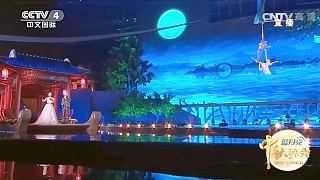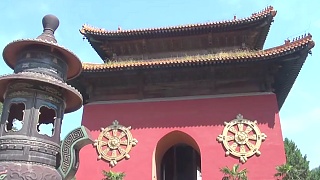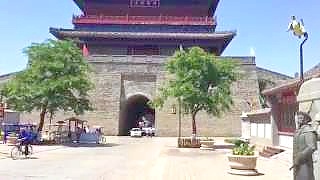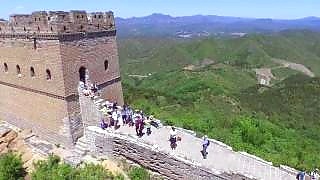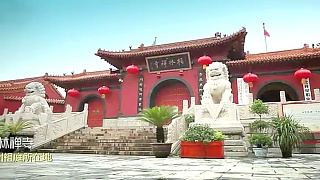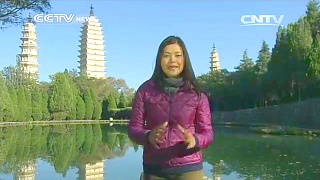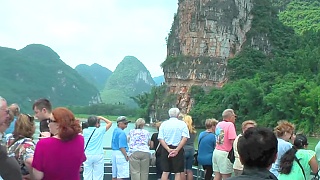
|
With Sun Kissed Bucket List ...
Dalian Visitor Guide
Dalian, located in northeastern China’s Liaoning Province, is a vibrant coastal city known for its beautiful beaches, modern architecture, and rich history as a strategic port. Often called the “Pearl of the North,” Dalian offers a blend of European and Asian influences, making it a unique destination.
How to Get to Dalian
By Air: Dalian Zhoushuizi International Airport (DLC) connects the city to major domestic and international destinations.
By Train: High-speed trains link Dalian with cities like Shenyang, Beijing, and Harbin.
By Ferry: Ferries operate to destinations like Yantai, Weihai, and Incheon (South Korea).
By Road: Well-connected highways make Dalian accessible by car or long-distance bus.
Top Attractions
Xinghai Square
The largest city square in Asia, Xinghai Square features a star-shaped fountain and scenic views of Dalian Bay. Visit during sunset for spectacular views.
Golden Pebble Beach (Jinshitan Scenic Area)
Known for its golden sand and unusual rock formations, this area also includes an amusement park, golf course, and hiking trails. Activities include swimming and kayaking.
Tiger Beach Ocean Park
A marine park with an aquarium, polar animal exhibits, and sea lion and dolphin performances. Don’t miss the massive tiger sculpture symbolizing the park.
Dalian Forest Zoo
This expansive zoo includes wild animals, panda habitats, and safari-style tours. Interactive activities like feeding giraffes are available.
Russian Street
A historic street with Russian-style architecture reflecting Dalian’s colonial past. Shop for souvenirs and enjoy traditional cuisine here.
Binhai Road
A scenic coastal road ideal for cycling, walking, or driving. Highlights include Bird Singing Woods and North Bridge.
Zhongshan Square
A European-style square surrounded by colonial-era buildings, now housing banks and offices. Visit in the evening to see the buildings illuminated.
Bangchuidao Island
A peaceful retreat with beaches, gardens, and hiking trails. Perfect for photography and relaxation.
Lushun (Port Arthur)
This suburb, also known as Port Arthur, played a significant role in the Russo-Japanese War. Key sites include Lushun Museum and Baiyu Hill.
Activities and Experiences
Beach hopping at Xinghai Beach, Fujiazhuang Beach, and Bangchuidao.
Sampling fresh seafood such as sea cucumbers, scallops, and steamed crabs.
Exploring the nightlife in Zhongshan District.
Attending festivals like the Dalian International Beer Festival (July–August) and the Cherry Blossom Festival (April).
Shopping at Friendship Square and Victory Square.
Local Cuisine
Steamed Scallops with Garlic: Fresh scallops topped with garlic and vermicelli.
Sea Cucumber Soup: A delicacy known for its nutritional value.
Jianbing (Chinese Crepe): A popular street food filled with egg, scallions, and sauce.
Fried Clams: Stir-fried clams with garlic, ginger, and chili.
Best Time to Visit
Spring (April–June): Mild weather and blooming flowers make this an ideal season.
Autumn (September–November): Cooler temperatures and stunning foliage.
Summer (July–August): Perfect for beach activities.
Transportation
Metro: The Dalian Metro connects major tourist spots.
Buses: Extensive routes provide affordable travel options.
Taxis and Ride-Sharing: Widely available and convenient. Use apps like Didi.
Bicycles: Rent bikes to explore scenic areas like Binhai Road.
Tips for Visitors
Language: While Mandarin is the primary language, some signs and services are available in English.
Currency: Carry Chinese yuan (RMB). Mobile payment apps like Alipay or WeChat Pay are widely used.
Weather: Pack light clothing and sunscreen in summer; warmer layers are needed in winter.
Dalian offers a unique blend of modernity and tradition, with its scenic coastlines, rich history, and delicious cuisine making it an unforgettable destination.
|
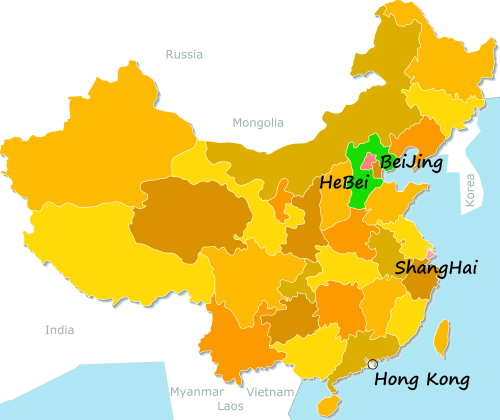
 ChengDe 成德, imperial Summer Resort; north of BeiJing
ChengDe 成德, imperial Summer Resort; north of BeiJing
